It was in March 2013 when reports flooded the headlines about a newly deciphered Egyptian text, dating back almost 1,200 years, which controversially described Jesus as having the ability to change shape. But just as quickly as the story made its way through major news sites around the world, it disappeared and has hardly been mentioned since. Why has the study and research surrounding this text faded into oblivion? Why has there been virtually no scholarly debate on the subject of Jesus as a shapeshifter?
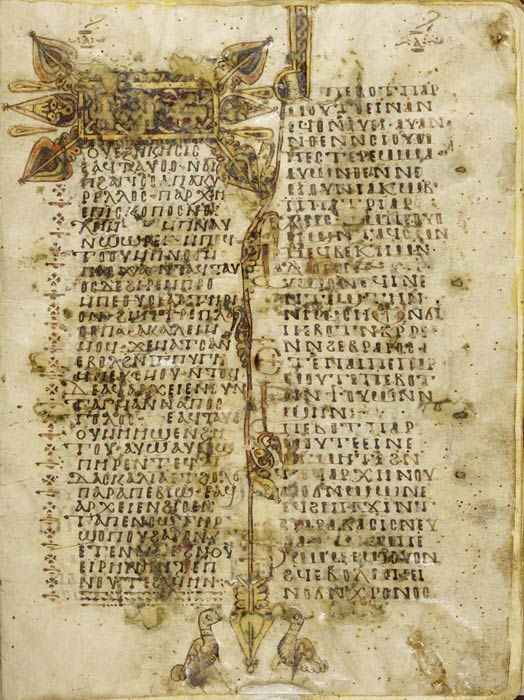
The Coptic text was found in 1910 and purchased by J. P. Morgan in 1911. It contains a controversial description of Jesus as a shapeshifter. ( The Pierpont Morgan Library )
Judas Used a Kiss to Identify Jesus the Shapeshifter, Claims Coptic Text
Written in the Coptic language, the ancient text written in the name of St. Cyril of Jerusalem, a distinguished theologian who lived during the fourth century, tells part of the crucifixion story of Jesus with apocryphal plot twists, some of which have never been seen before. They have been revealed thanks to a translation carried out by Roelof Van den Broek of Utrecht University in the Netherlands, and published in the book Pseudo-Cyril of Jerusalem On the Life and the Passion of Christ: A Coptic Apocryphon .
The ancient text explains why Judas used a kiss, specifically, to betray Jesus. According to the canonical bible, the apostle Judas betrays Jesus in exchange for money by using a kiss to identify him leading to Jesus’ arrest. This apocryphal tale explains that the reason Judas used a kiss, specifically, is because Jesus had the ability to change shape.
Then the Jews said to Judas: How shall we arrest him [Jesus], for he does not have a single shape but his appearance changes. Sometimes he is ruddy, sometimes he is white, sometimes he is red, sometimes he is wheat colored, sometimes he is pallid like ascetics, sometimes he is a youth, sometimes an old man.
This leads Judas to suggest using a kiss as a means to identify him. If Judas had given the arresters a description of Jesus he could have changed shape. By kissing Jesus, Judas tells the people exactly who he is, shapeshifter or not.
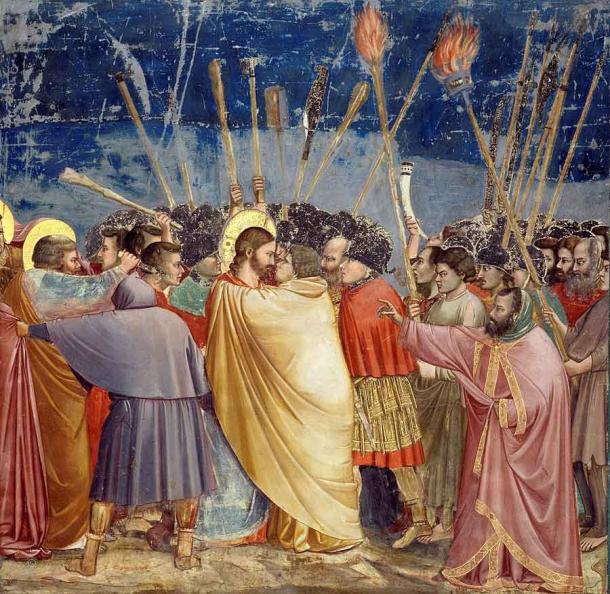
Fresco by Giotto di Bondone depicting the arrest of Christ and the kiss of Judas. ( Public domain )
The Idea of Jesus as a Shapeshifter is Old News
This understanding of Judas’ kiss goes way back. According to Van den Broek, the explanation of Judas’ kiss is first found in Origen, a theologian who lived between 185 and 254 AD. In his work, Contra Celsum, the ancient writer stated that “to those who saw him [Jesus] he did not appear alike to all.” Nevertheless, Van den Broek is careful to note that he is not suggesting that Jesus was in fact a shapeshifter, but only that some people in early Christian times may have thought he was.
The text is one of 55 Coptic manuscripts that were found in 1910 by villagers digging for fertilizer at the site of the destroyed Monastery of Archangel Michael of the Desert near Al Hamuli in Egypt. Apparently, during the 10th century, monks had buried the monastery’s manuscripts in a stone vat for safekeeping.
The monastery ceased operations around the early 10th century, and the text was rediscovered in the spring of 1910. In December 1911, it was purchased, along with other texts, by American financier J. P. Morgan. His collections, and the text described, are now housed in the Morgan Library and Museum in New York City.
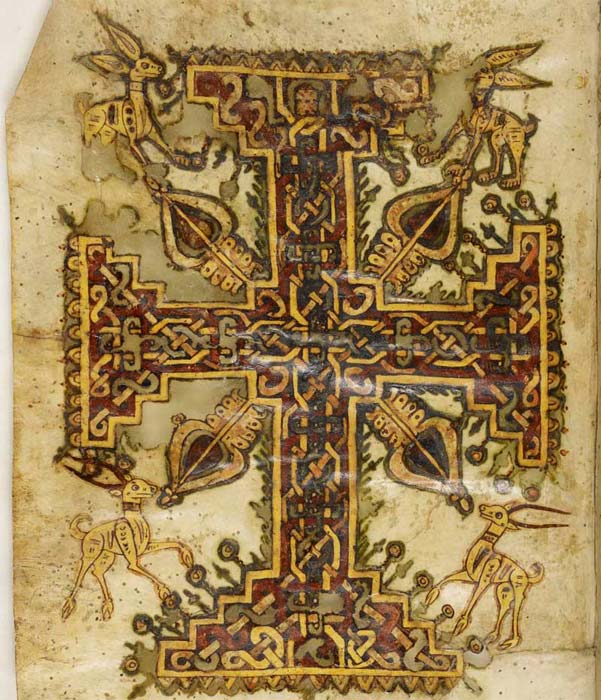
The 1,200-year-old Coptic manuscript, which describes Jesus as a shapeshifter, incorporates this cross decoration within the manuscript. ( The Pierpont Morgan Library )
While headlines at the time of the announcement were quite sensationalist and described the text as containing Christianity-shattering information, the publishing scholar never claimed anything of the sort. It is also clear that the text is not a hoax but a genuine item published by a respected scholar and by a notable academic press (E. J. Brill). So why hasn’t such a fascinating text led to further research, interpretations, or discussion among scholars as relating to Jesus as a shapeshifter?
Top image: According to the ancient text, Judas used a kiss to identify Jesus due to his abilities as a shapeshifter. Source: The Morgan Library & Museum
By April Holloway
 RSS Feed
RSS Feed
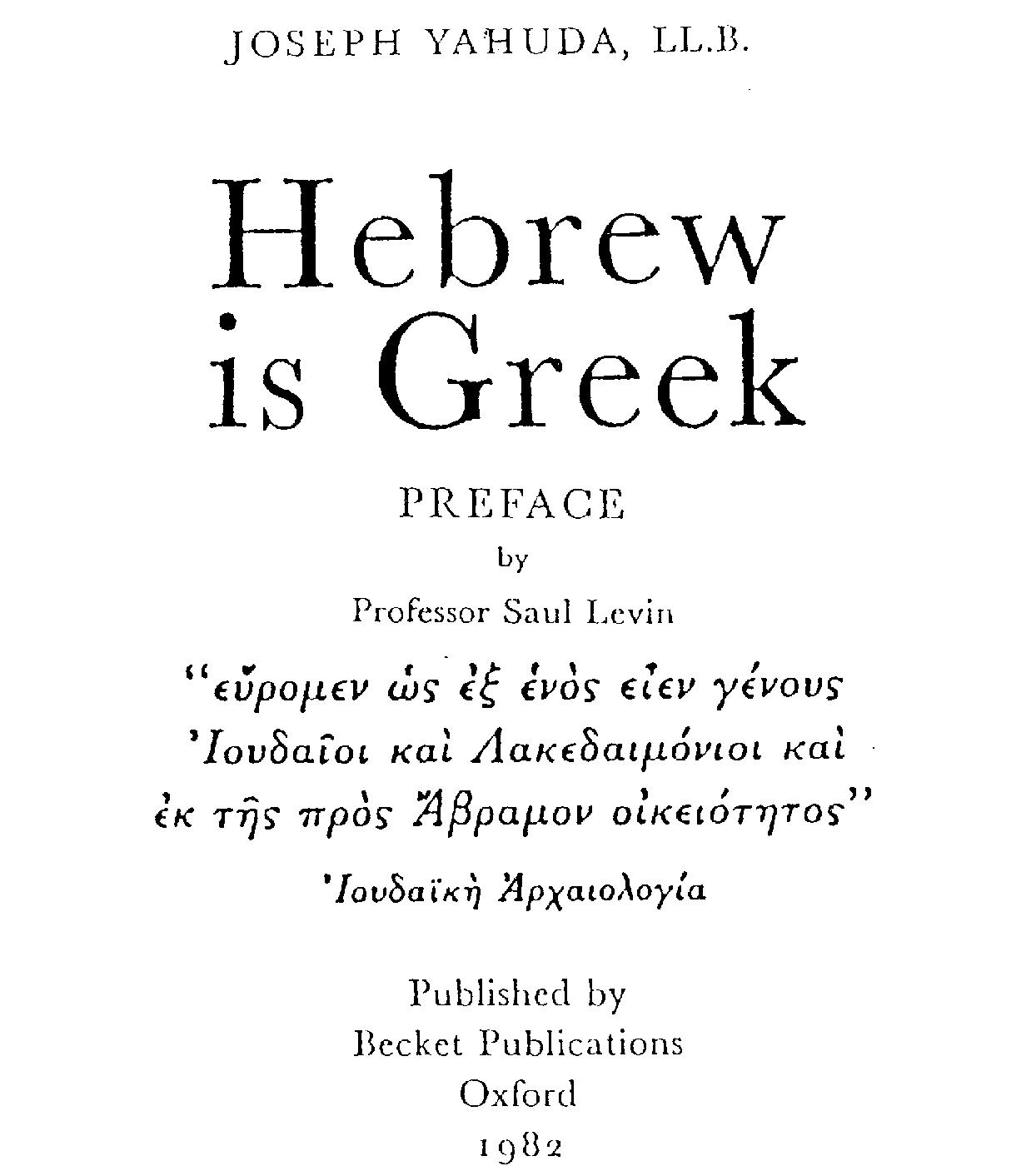



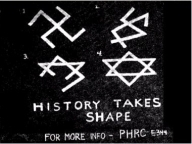










 December 17th, 2021
December 17th, 2021  Awake Goy
Awake Goy  Posted in
Posted in  Tags:
Tags: 













